Optimal Timing for Foundation Repairs
Foundation repairs are most effectively performed during specific times of the year, depending on weather conditions and soil stability. Proper timing can help ensure the longevity and effectiveness of repairs, minimizing the risk of future issues.
In general, the optimal seasons for foundation work are during mild weather periods, typically spring and fall. During these times, soil moisture levels are balanced, reducing the risk of shifting or cracking that can occur with extreme dryness or excessive moisture.
Spring offers moderate temperatures and balanced soil moisture, making it suitable for foundation repairs. It allows for better soil stabilization and reduces the risk of further shifting.
Fall provides cooler weather and typically stable soil conditions. Repair work during this season can prevent issues from winter soil expansion or contraction.
Extreme heat in summer can cause soil to dry out and crack, complicating repairs. Winter conditions, with freezing temperatures and snow, can delay or hinder foundation work.
Unpredictable weather patterns can impact repair schedules. It is advisable to plan repairs during forecasted periods of dry, mild weather for optimal results.
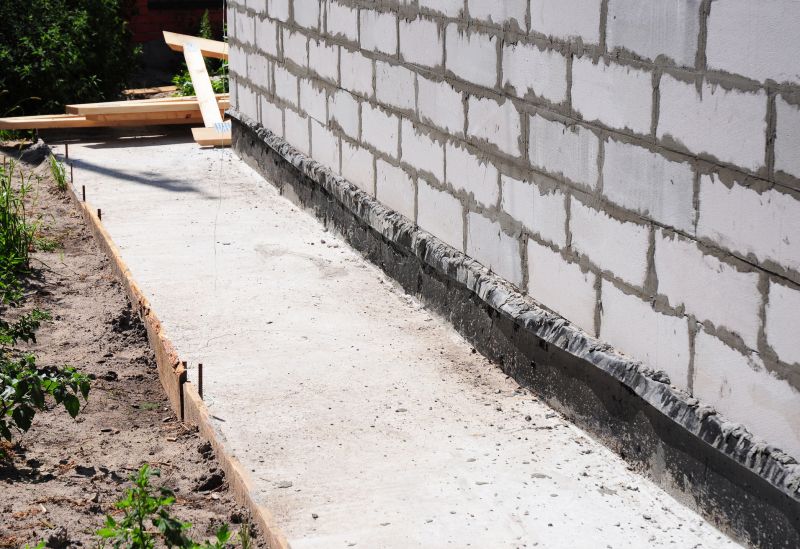
Spring soil conditions are ideal for foundation stabilization and repair projects.
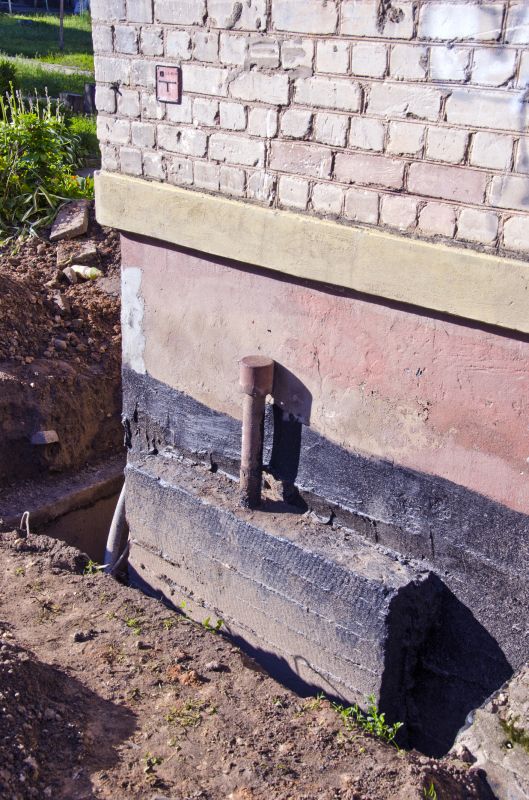
Fall offers stable temperatures and soil moisture for effective foundation work.
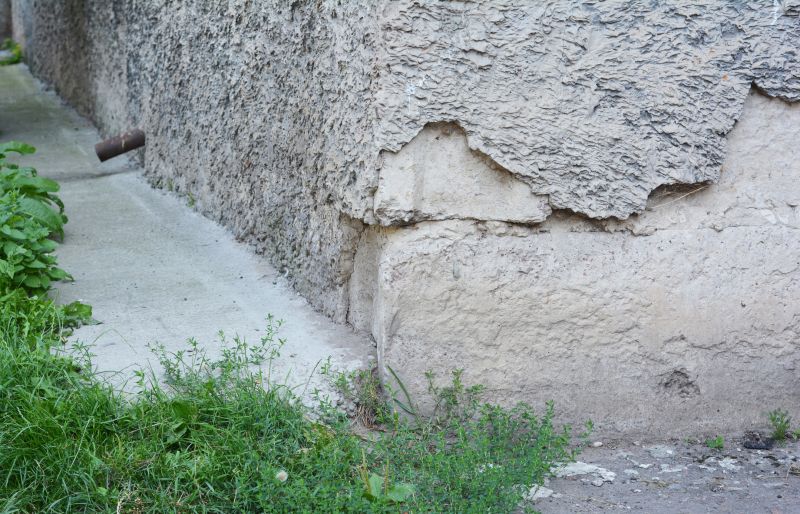
Winter conditions can delay repairs due to freezing temperatures and snow.
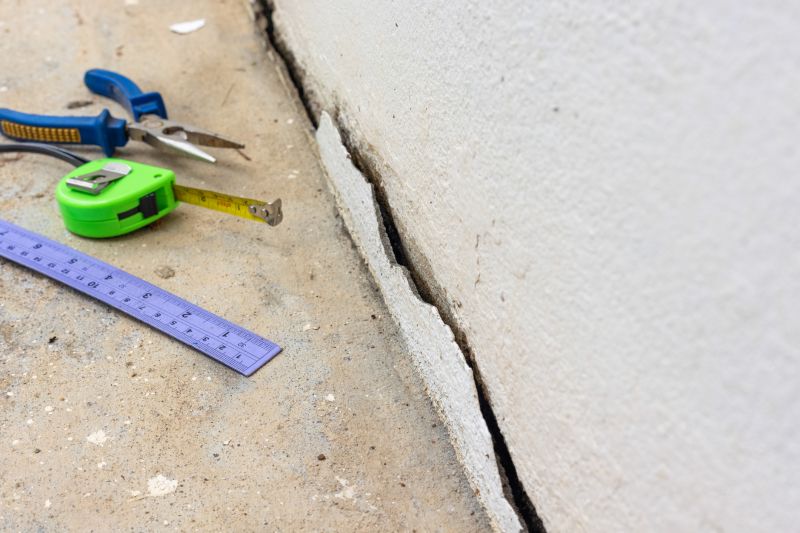
Ways to make Foundation Repairs work in tight or awkward layouts.
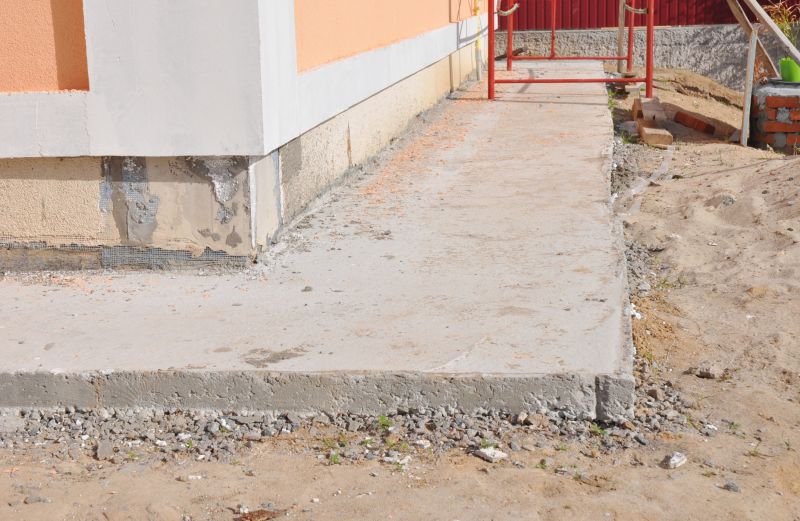
Popular materials for Foundation Repairs and why they hold up over time.
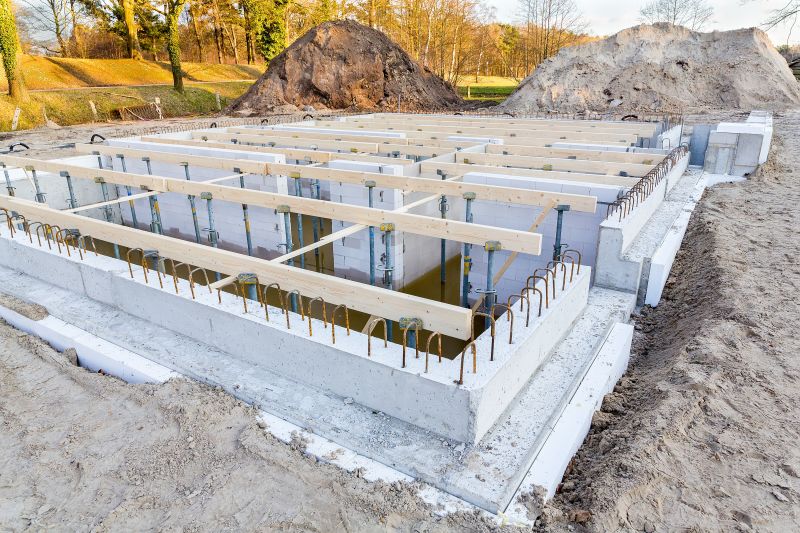
Simple add-ons that improve Foundation Repairs without blowing the budget.
| Season | Ideal Conditions |
|---|---|
| Spring | Moderate temperatures and balanced soil moisture |
| Fall | Cool weather and stable soil conditions |
| Summer | High temperatures and dry soil conditions |
| Winter | Freezing temperatures and snow |
Foundation repairs involve addressing issues such as settling, cracking, and shifting that compromise structural integrity. These repairs may include underpinning, piering, or sealing cracks to stabilize the foundation. Proper timing and assessment of soil conditions are essential to ensure the effectiveness of repair methods.
Statistics indicate that foundation-related issues are among the most common structural problems in residential buildings, affecting approximately 25% of homes in certain regions. Timely repairs can prevent further damage, reduce long-term costs, and maintain property value.

A typical repair involves soil stabilization, crack sealing, and foundation underpinning.
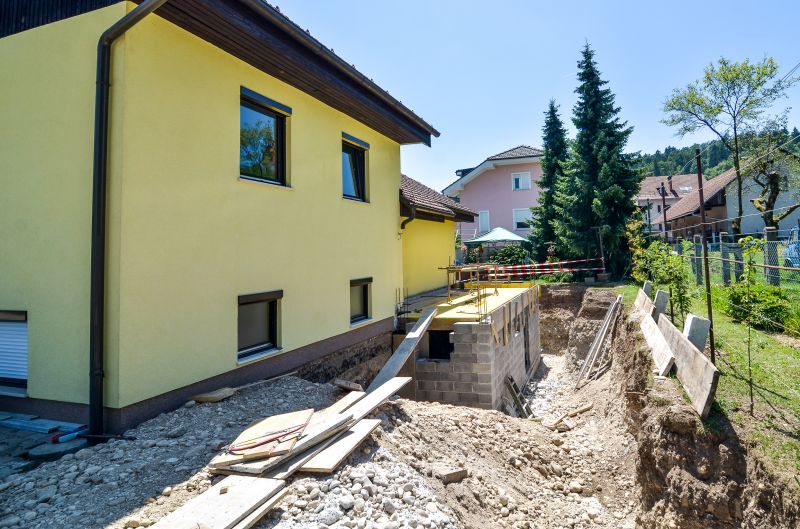
Visual evidence of structural improvements achieved through professional repairs.
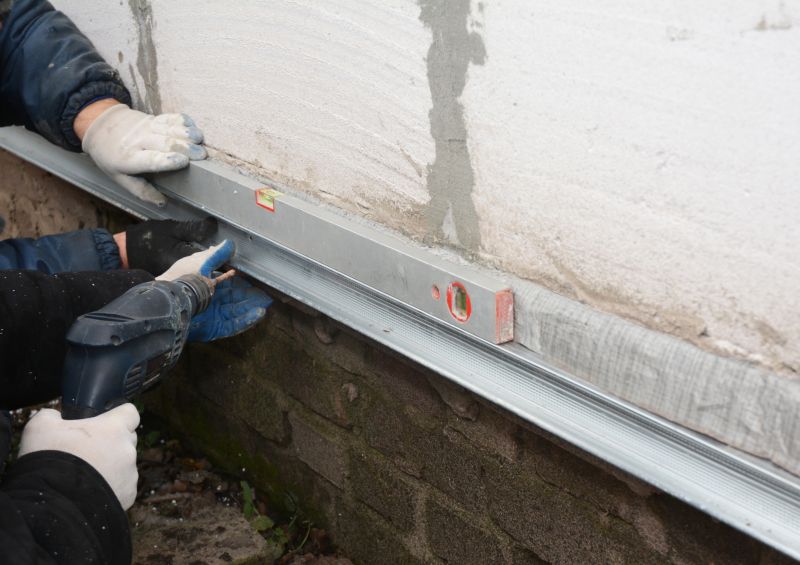
Specialized equipment ensures precision and durability in repairs.

Common signs of foundation issues that may require repairs.
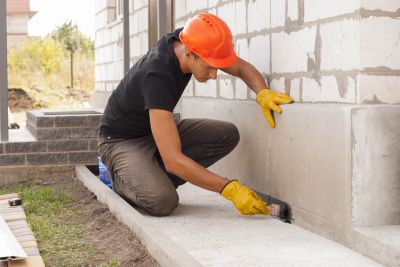
High-end options that actually feel worth it for Foundation Repairs.
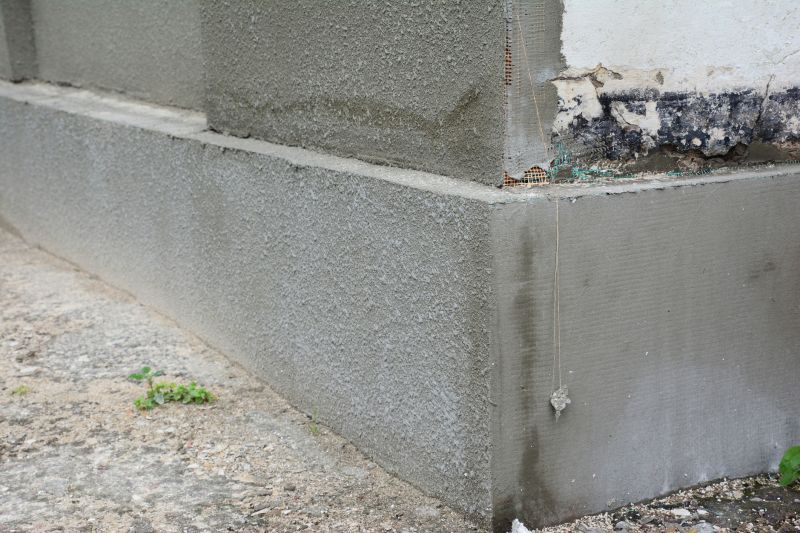
Finishes and colors that play nicely with Foundation Repairs.

Little measurements that prevent headaches on Foundation Repairs day.
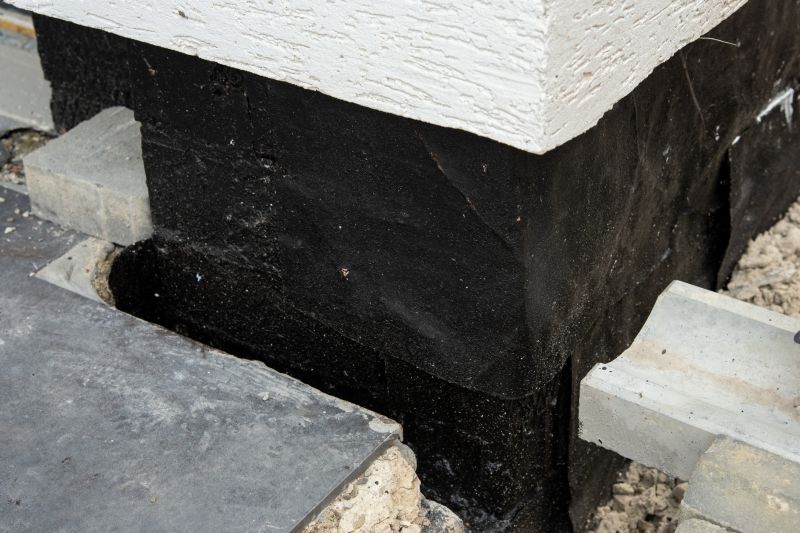
A 60-second routine that keeps Foundation Repairs looking new.
Individuals interested in foundation repairs are encouraged to contact for assessments and tailored solutions. Proper timing and professional evaluation are key to maintaining structural integrity and avoiding costly future repairs.

